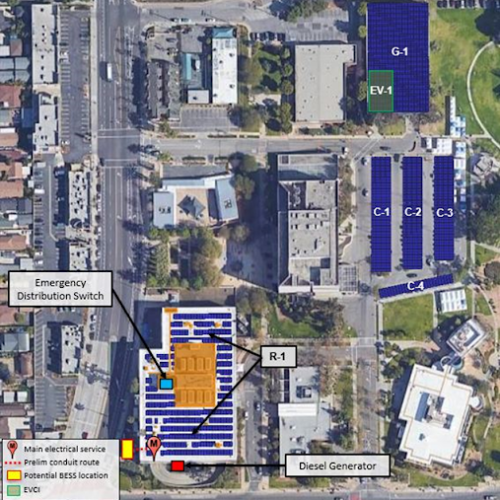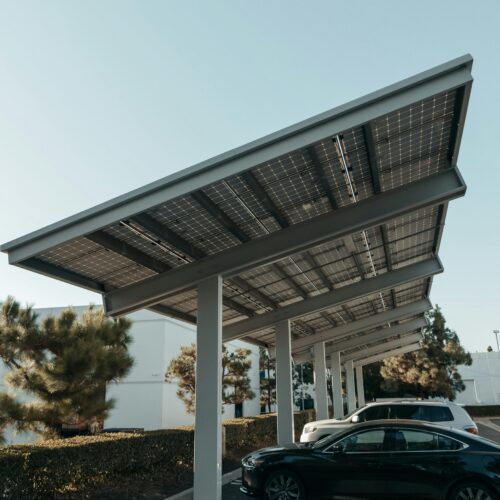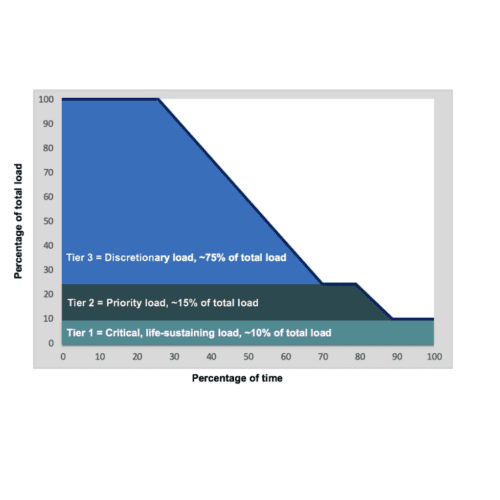The Best Ideas from COP30, the UN Climate Summit in Brazil – 18 December 2025
The Clean Coalition was a partner organization for this webinar, which took place on 18 December 2025 at 10am.
Read More
The Clean Coalition is proud to present the Solar Microgrid Methodology (SMM) User Manual, a hands-on training resource designed to prepare the next generation of clean energy professionals. This practical curriculum guides students through the design, analysis, and sizing of Solar Microgrids using industry-standard tools like HelioScope and Energy Toolbase. With a strong emphasis on real-world applications, the SMM is ideal for students, instructors, and professionals seeking to deepen their expertise in renewable energy and grid resilience.
Get in touch to learn more!


This user manual supports the Solar Microgrid Methodology (SMM), which provides users with the skills and knowledge needed to develop a Solar Microgrid Feasibility Study. This user manual covers key tasks such as analyzing electrical meter data, modeling solar systems, sizing Battery Energy Storage Systems (BESS) to maximize economic and resilience benefits, conducting economic analyses, and presenting findings in a clear, professional format. By the end of the course, users will have a strong understanding of the SMM and be ready to apply their knowledge to real-world projects.

A Solar Microgrid delivers a trifecta of economic, environmental, and resilience benefits.

At the Clean Coalition, we’ve developed a standardized VOR metric to unleash this key market. Our VOR123 methodology makes it simple to quantify VOR by standardizing VOR for three tiers of loads — critical, priority, and discretionary loads — across all facility types:

This manual is intended for users, professors, teachers, and instructors in the fields of engineering, environmental studies, or energy systems — as well as anyone interested in analyzing the technoeconomic feasibility of a Solar Microgrid.
The user manual is designed to be flexible — it can be used for self-guided learning, integrated into existing curricula, or delivered as a standalone course. By the end of the manual, users will be equipped to complete a comprehensive Solar Microgrid Feasibility Study, gaining valuable experience in both the technical and economic dimensions of Solar Microgrid design. The manual emphasizes project-based learning and the use of industry-standard tools, ensuring that users develop not only theoretical understanding but also practical, real-world skills.

This manual follows a structured, step-by-step approach based on the Clean Coalition’s SMM. It is designed to be adaptable for a variety of educational settings. Instructors may integrate individual modules into existing courses or deliver the material as a focused, standalone training.
Educators and training providers have flexibility in how they implement assessments, supplemental materials, and hands-on activities. The methodology supports both theoretical instruction and applied learning, allowing instructors to customize the depth and delivery to match student needs, course objectives, or institutional requirements.
Recommended Tools

The latest in clean local energy
Learn about our innovative projects and initiatives on our blog, and see what others are reporting about our important work.
The Clean Coalition was a partner organization for this webinar, which took place on 18 December 2025 at 10am.
Read MoreThis podcast episode of Energy Central's "Power Perspectives" welcomes Craig Lewis, Founder and Executive Director of the Clean Coalition, to explore how local solar and storage can flatten the duck curve, cut costs, and build a more resilient grid.
Read articleThe Clean Coalition presented during this in-person gathering, held on Friday, 5 December 2025 from 3:30–5:00 pm PST at CEC’s Environmental Hub, 1219 State St Suite A, Santa Barbara, CA 93101.
Read More